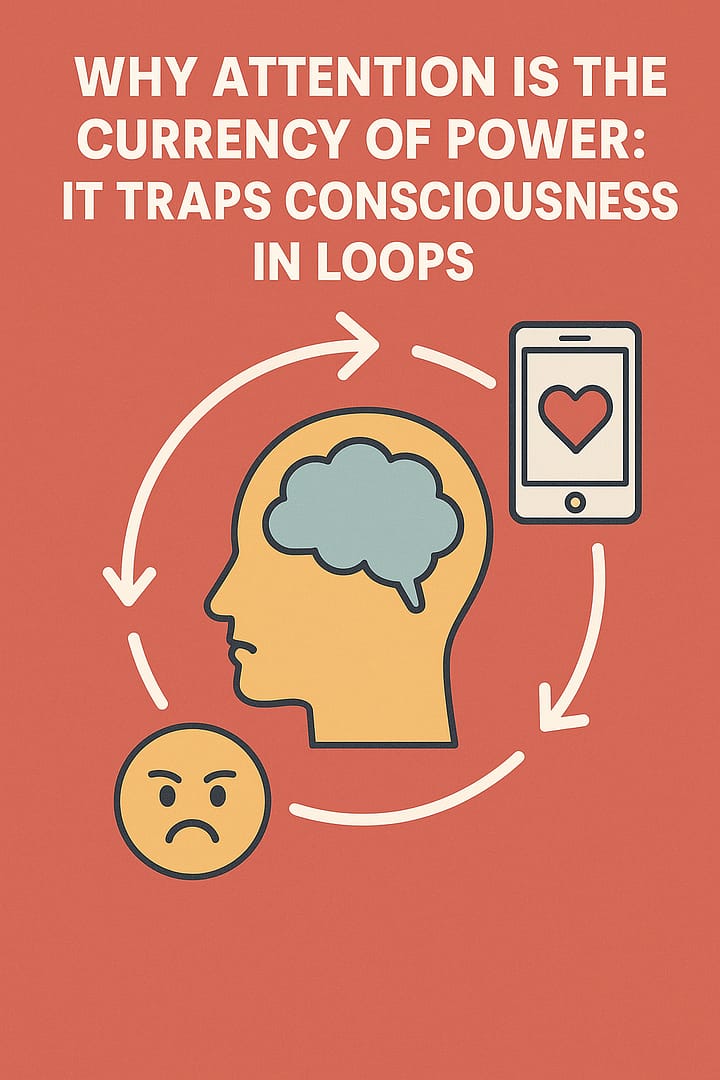Body, mind and spirit
Body, mind, and spirit are three interconnected aspects of human beings that contribute to their overall well-being and quality of life.
The body refers to the physical component of a human being, including their physical health, fitness, and appearance. It is the tangible and visible part of a person that can be observed and measured.
The mind, on the other hand, refers to a person’s mental and cognitive abilities, including their thoughts, emotions, beliefs, and attitudes. It is the non-physical part of a person that governs their behavior and actions.
Lastly, the spirit refers to the non-physical aspect of a person that relates to their beliefs, values, and sense of purpose. It is the part of a person that seeks meaning and connection with something beyond themselves, and it may be expressed through religion, spirituality, or other practices.
All three aspects of a person are interconnected and influence each other. For instance, physical exercise can improve mental health, and spiritual practices can enhance physical health. Neglecting one aspect can lead to imbalances and diminish overall well-being. Therefore, it is essential to take care of all three aspects to achieve optimal health and quality of life.
Enlightenment, also known as spiritual awakening
Enlightenment, also known as spiritual awakening, is a state of consciousness that brings about a profound shift in one’s perception of the world and oneself. It is an experience that transcends the limitations of the mind and body, allowing a person to access a higher level of awareness and understanding. Enlightenment has been described as the ultimate goal of human existence, as it brings about a state of lasting happiness and inner peace.
The concept of enlightenment has been around for centuries and is central to many spiritual and religious traditions. In Buddhism, enlightenment is referred to as “Bodhi,” which means awakening or enlightenment. In Hinduism, it is known as “Moksha,” which means liberation or release from the cycle of birth and death.
Enlightenment is not an intellectual understanding or a belief system. It is a direct experience that arises from within, beyond the limitations of the mind and senses. It is a state of being that can be accessed by anyone who is willing to go beyond their conditioned beliefs and perceptions.
The path to enlightenment is not easy and requires a deep commitment to self-exploration and self-awareness. It involves questioning one’s beliefs and assumptions about the world and oneself, and facing the uncomfortable truths that may arise from this inquiry. It also requires a willingness to let go of attachments and ego-driven desires that may be holding us back from experiencing our true nature.
One of the key aspects of the path to enlightenment is the practice of meditation. Meditation is a powerful tool for cultivating inner stillness and clarity, which are essential for accessing higher levels of consciousness. Through meditation, we can observe our thoughts and emotions without being attached to them, which allows us to transcend the limitations of the mind.
Another important aspect of the path to enlightenment is the cultivation of compassion and love. As we deepen our understanding of ourselves and the world, we begin to realize the interconnectedness of all things. We develop a sense of empathy and compassion for others, which allows us to see beyond our own self-interests and to act in the best interests of all beings.
Enlightenment is not a one-time event, but a continuous process of growth and transformation. It is a journey that requires ongoing dedication and practice, as well as the support of a community of like-minded individuals. The benefits of enlightenment are many, including greater inner peace, joy, and fulfillment in life.
Enlightenment is a state of consciousness that transcends the limitations of the mind and body, allowing a person to access a higher level of awareness and understanding. The path to enlightenment requires a deep commitment to self-exploration and self-awareness, as well as the cultivation of compassion and love. While the journey may be challenging, the rewards of enlightenment are immeasurable, bringing about a state of lasting happiness and inner peace.
Path to enlightenment, as described by mystics
The path to enlightenment, as described by mystics throughout history, is a journey of self-discovery and transformation that involves transcending the limitations of the ego and connecting with a higher reality or divine consciousness. While the specific practices and teachings may vary between traditions, there are certain universal themes and principles that are common to all mystical paths.
One of the first steps on the path to enlightenment is the cultivation of inner stillness and silence. This is often achieved through practices such as meditation, prayer, or contemplation, which allow the mind to quiet down and become more receptive to the deeper truths that lie beyond the surface level of consciousness.
Another important aspect of the mystical path is the cultivation of awareness and mindfulness. This involves learning to observe one’s thoughts, emotions, and sensory experiences without judgment or attachment, and to become more present to the present moment. Through this practice, the mystic develops a greater sense of inner freedom and detachment from the constant fluctuations of the mind.
The next step on the path to enlightenment is the cultivation of virtues such as compassion, humility, and selflessness. The mystic recognizes that these qualities are essential for spiritual growth and that they lead to a greater sense of inner peace and fulfillment. Through serving others and practicing acts of kindness and generosity, the mystic cultivates a sense of interconnectedness and a deepening of the spiritual bond with all beings.
One of the most profound aspects of the mystical path is the recognition of the ultimate reality, which is often described as the Divine, the Absolute, or the One. The mystic recognizes that this reality is not separate from themselves, but rather is the very essence of their being. Through practices such as contemplation or meditation on this reality, the mystic experiences a sense of oneness and unity with all things.
Finally, the mystic recognizes that the path to enlightenment is not a journey that can be taken alone. It requires the support of a community of like-minded individuals who share the same spiritual aspirations and who can offer guidance and encouragement along the way. Through the sharing of experiences and insights, the mystic deepens their understanding of the path and becomes more fully integrated into the larger spiritual community.
The path to enlightenment as described by mystics throughout history is a journey of self-discovery and transformation that involves cultivating inner stillness and silence, mindfulness and awareness, virtues such as compassion and humility, the recognition of the ultimate reality, and the support of a spiritual community. Through these practices, the mystic deepens their connection with the divine and experiences a sense of oneness and unity with all things.
Poem in the style of Hadewych that captures the essence of the path to enlightenment
The path to union with the divine,
Is one of love, of seeking and of grace,
Of shedding ego, and of letting go,
Of quieting the mind and embracing the unknown.
It’s a journey of the soul, a quest for truth,
A search for meaning in a world of illusion,
Of lifting the veil, and seeing with new eyes,
Of breaking free from chains that bind.
The mystic’s heart is full of love,
Of deep compassion and empathy for all,
Of recognizing the divine in every face,
Of serving others, and answering the call.
The mystic’s mind is still and clear,
Of seeing beyond the veil of fear,
Of recognizing the ultimate reality,
Of oneness, unity, and pure divinity.
So let us walk this path with joy,
With open hearts, and minds that are pure,
With humility, and a deep sense of awe,
With the guidance of the divine, forevermore.

Source OpenAI’s GPT language models, Fleeky, MIB, & Picsart
Thank you for questions, shares and comments!
Share your thoughts or questions in the comments below!






